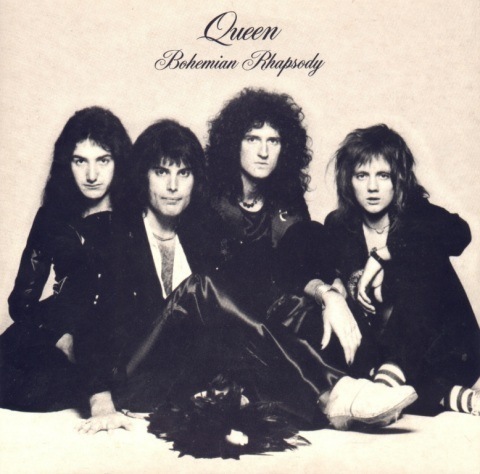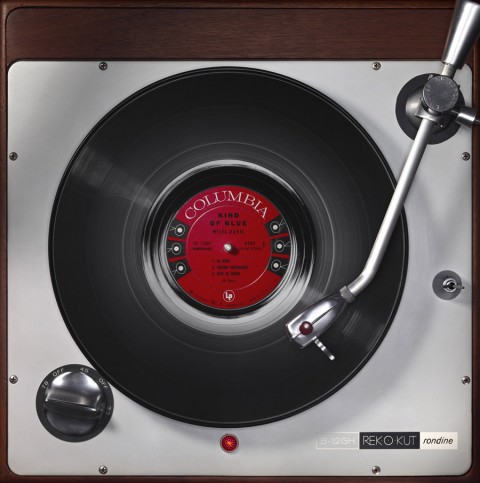The History section of our big Free Online Courses collection just went through another update, and it now features 60 courses. Some courses (like those featured below) focus on broad time periods and themes. Others take a look at more specialized topics that will keep you engaged for hours. All lectures were taped right in the classrooms of great universities:
- Ancient Greek History — YouTube — iTunes Audio — iTunes Video- Download Course – Donald Kagan, Yale
- China: Traditions and Transformations – Multiple Formats – Peter K. Bol & William Kirby, Harvard
- European Civilization from the Renaissance to the Present - YouTube - iTunes Video — Web — Thomas Lacquer, UC Berkeley
- History of the World to 1500 CE – YouTube - iTunes Video – Richard Bulliet, Columbia University
- History of the World Since 1500 CE – YouTube — iTunes Video – Richard Bulliet, Columbia University
- The Western Tradition (Video) – YouTube – Eugen Weber, UCLA
- US History: From Civil War to Present — iTunes Audio — Web — Jennifer Burns, UC Berkeley
As you can see, the courses listed here are generally available via YouTube, iTunes, or the web. And they’re all listed in our meta collection of 700 Free Online Courses. Other key disciplines found in the collection include Philosophy, Literature, Physics, Computer Science and beyond.
Find us on Facebook, Twitter and Google Plus and we’ll make it easy to share intelligent media with your friends!







